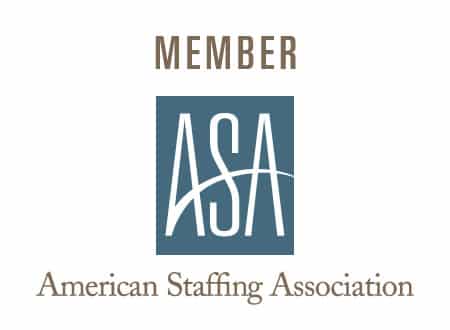Stop for a minute and take a quick inventory – how often do you try to do more than one thing at a time? Type an e-mail while sitting in on a conference call? Eat lunch while preparing a report? Talk to a co-worker while checking your iPhone?
If you’re like most professionals, you probably spend a portion of your day multitasking. And your employees do, too.
But over the last few decades, a host of researchers have proven that multitasking (as our culture has come to know it) is a myth. Why? When you think you’re doing two things at once, you’re almost always just switching rapidly between them. In fact, our brains process different kinds of information on distinct “channels,” and can only process one stream of information at a time. Overburden a channel and your brain becomes inefficient and prone to mistakes.
So if multitasking doesn’t increase productivity, what can you do to make employees more efficient? Many Middle Tennessee employers are incorporating the concept of “mindfulness” when tackling everyday tasks. Mindfulness is, in a way, the opposite of multitasking. It’s deliberately focusing attention on one activity at a time, to:
- promote clear focus and rational decision-making;
- improve problem solving and reduce errors due to inattention;
- restore a sense of personal equilibrium, no matter what dramas or distractions unfold around you.
Studies show that about 49 percent of our waking hours are spent with unfocused attention. According to data from Basex, a New York-based research firm, that equates to an annual U.S. loss of $997 billion and 28 billion work hours. What price does your company pay for the multitasking myth?
If you’d like to try a new approach to improving productivity, encourage everyone in your company to engage in daily mindfulness practice:
- Find a relatively quiet place to practice focusing your attention.
- Sit silently on a chair or cushion and direct all of your attention to your breathing. As much as possible, try to block out all of the other thoughts vying for your attention.
- To create mindfulness techniques that are work-appropriate, try adding other organizational tactics like: planning each day’s activities before getting down to work; batching email responses; blocking off time for writing or project work; and occasionally using your Do Not Disturb sign/phone setting.
Research suggests that just 10 minutes of quiet repose per day has a cumulative positive effect – lowering blood pressure, elevating mood and improving focus. For more tip on improving employee productivity, read this Wood Personnel post on performance management.


